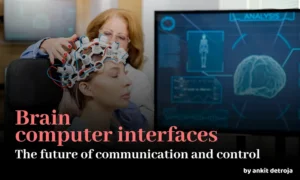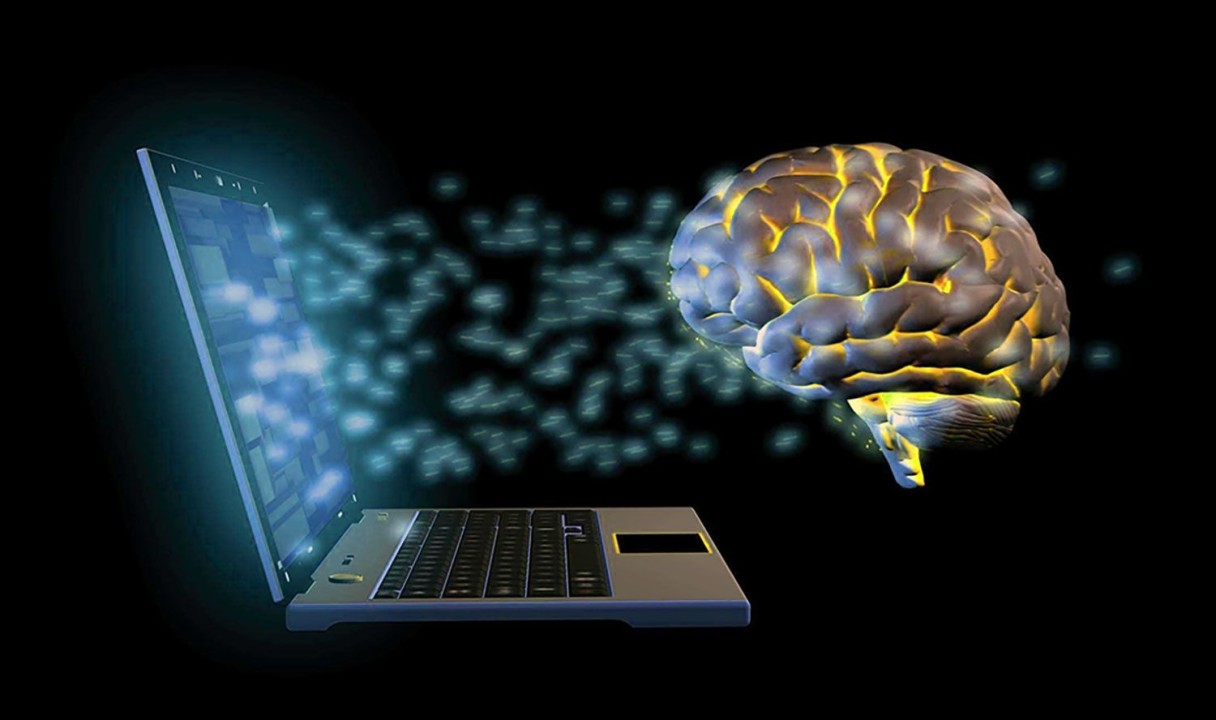Introduction
Communication is a fundamental aspect of human interaction. It allows us to express our thoughts, feelings, and desires, and to connect with others on a deep level. However, for individuals with conditions such as ALS (Amyotrophic Lateral Sclerosis) and Locked-In Syndrome, communication can become a significant challenge. These conditions can severely limit a person’s ability to move or speak, effectively trapping them within their own bodies.
Fortunately, advances in technology have paved the way for a groundbreaking solution: Brain-Computer Interfaces (BCIs). BCIs are devices that enable direct communication between the brain and external devices, bypassing the need for traditional methods of communication. This revolutionary technology has the potential to transform the lives of those living with ALS and Locked-In Syndrome.
The BCIs

BCIs ( Brain-Computer Interfaces) work by detecting and interpreting brain signals and translating them into commands that can be understood by computers or other external devices. These signals can be captured using various methods, such as electroencephalography (EEG), which measures electrical activity in the brain, or invasive techniques that involve placing electrodes directly on the surface of the brain.
Once the brain signals are captured, sophisticated algorithms analyze and interpret the data, allowing users to control external devices through their thoughts. This can include typing on a virtual keyboard, controlling a robotic arm, or even operating a wheelchair. The possibilities are vast, limited only by the imagination and capabilities of the technology.
BCIs Enhancing Communication and Independence
For individuals with ALS or Locked-In Syndrome, Brain-Computer Interfaces offer a lifeline. These conditions can progressively rob individuals of their ability to move, speak, and interact with the world around them. BCIs provide a means to regain some of that lost independence and reconnect with loved ones.
By enabling individuals to communicate through their thoughts, Brain-Computer Interfaces can give a voice to those who have lost the ability to speak. Whether it’s sending a simple message or engaging in more complex conversations, BCIs offer a way for individuals to express themselves and be heard.
Furthermore, Brain-Computer Interfaces can empower individuals to control their environment and perform everyday tasks that would otherwise be impossible. From turning on lights to adjusting the temperature, these devices can restore a sense of autonomy and agency to those who have been robbed of it.
The Evolution of BCIs

BCIs have come a long way since their inception. Early versions of the technology were complex, expensive, and required invasive procedures. However, advancements in computing power, miniaturization, and non-invasive techniques have made Brain-Computer Interfaces more accessible and user-friendly.
Researchers and engineers continue to push the boundaries of what Brain-Computer Interfaces can achieve. The development of machine learning algorithms has improved the accuracy and speed of signal interpretation, making BCIs more reliable and efficient. Additionally, efforts are underway to integrate BCIs with other assistive technologies, such as eye-tracking systems, to enhance their functionality and usability.
The Future of BCIs

The potential for Brain-Computer Interfaces is vast, and ongoing research and development hold promise for even greater advancements in the future. As technology continues to evolve, we can expect BCIs to become more intuitive, responsive, and seamlessly integrated into our daily lives.
One area of focus is improving the portability and comfort of Brain-Computer Interfaces. Current devices can be bulky and cumbersome, limiting their practicality for everyday use. However, efforts are underway to develop wireless and wearable BCIs that are more discreet and comfortable, allowing individuals to use them for extended periods without discomfort.
Furthermore, researchers are exploring the potential of Brain-Computer Interfaces in other areas of healthcare, such as rehabilitation and mental health. BCIs could be used to assist in the recovery of motor function after stroke or to help individuals with neurological disorders manage their symptoms more effectively.
Conclusion
Brain-Computer Interfaces are revolutionizing communication for individuals with ALS and Locked-In Syndrome. These devices provide a lifeline, enabling individuals to express themselves, regain independence, and reconnect with the world around them. As technology continues to advance, the future looks bright for Brain-Computer Interfaces offering hope and possibilities for those who need it most.


